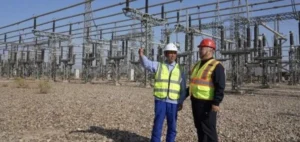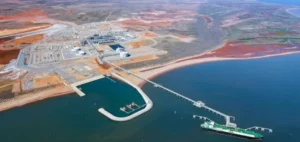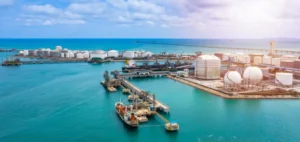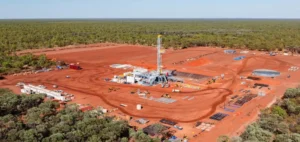Woodside Energy Group Ltd announced it has made the final investment decision for the development of the Louisiana LNG project, which will include three liquefaction trains totalling a capacity of 16.5 million tonnes per annum (Mtpa). The company expects the start of liquefied natural gas (LNG) production in 2029.
A strategic project to strengthen Woodside’s global presence
The Louisiana LNG project will strengthen Woodside’s position among the leading global LNG producers, enabling the company to deliver around 24 Mtpa during the 2030s, representing over 5% of the global supply. The site has been fully permitted for a total capacity of 27.6 Mtpa, offering the potential to add two additional trains.
According to Woodside, the investment offers an attractive profitability with an internal rate of return (IRR) above 13% and a payback period estimated at seven years. At full capacity, the project could generate approximately $2 billion in annual net operating cash flow during the 2030s.
Structured financing and strategic partners
The total expected cost for the project, including pipeline infrastructure and management reserves, is estimated at $17.5 billion. Woodside will assume $11.8 billion of this amount, while Stonepeak Infrastructure Partners will invest $5.7 billion through Louisiana LNG Infrastructure LLC, contributing 75% of the expected expenditures in 2025 and 2026.
Woodside Chief Executive Officer Meg O’Neill stated: “Louisiana LNG is a world-class project that will position our company as a major global LNG player and enable us to deliver sustainable returns for our shareholders.”
Impact on the portfolio and maintained environmental commitment
Louisiana LNG will complement Woodside’s existing business in Australia, creating a diversified portfolio combining long-life LNG assets and high-return oil assets. Gas supply will be secured from abundant and low-cost American resources, supported by extensive distribution networks.
The investment decision has not altered Woodside’s greenhouse gas emissions reduction targets. The baseline for these targets remains unchanged despite the scale of the new project.
The project also represents the largest foreign direct investment initiative in Louisiana’s history and is expected to support around 15,000 national jobs during the construction phase.






















